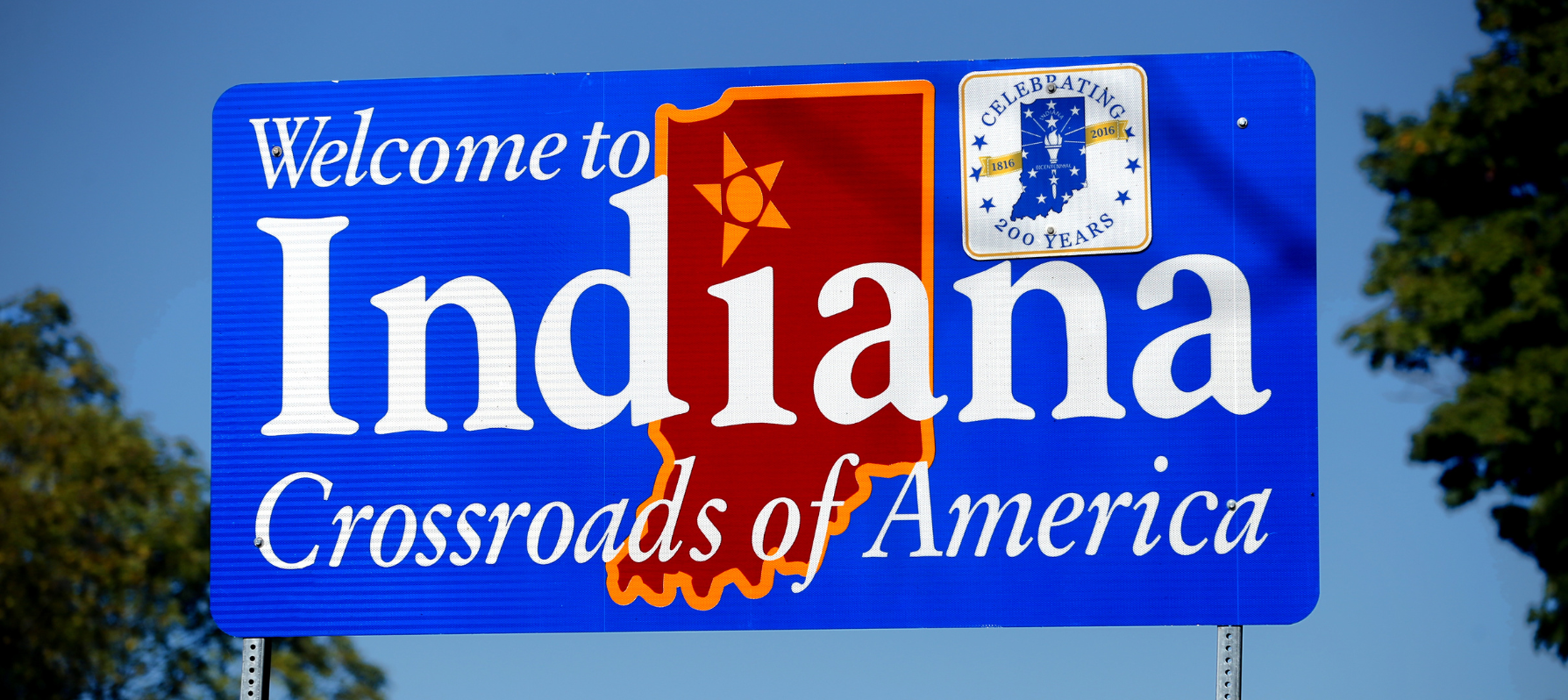Connections - 06.12.25
Community Solar: Sustainable Energy for Everyone

Share this page
Stay Informed on the Latest Research & Analysis from ANCOR
More News
ANCOR in the News - 12.03.25
Strategic Mergers Are Reshaping IDD and Behavioral Health Care: CFHS Leads Agencies Through Growth With Purpose
Stateside Report - 11.24.25
Stateside Report: November 24, 2025

Stateside Report - 11.17.25
Stateside Report: November 17, 2025



